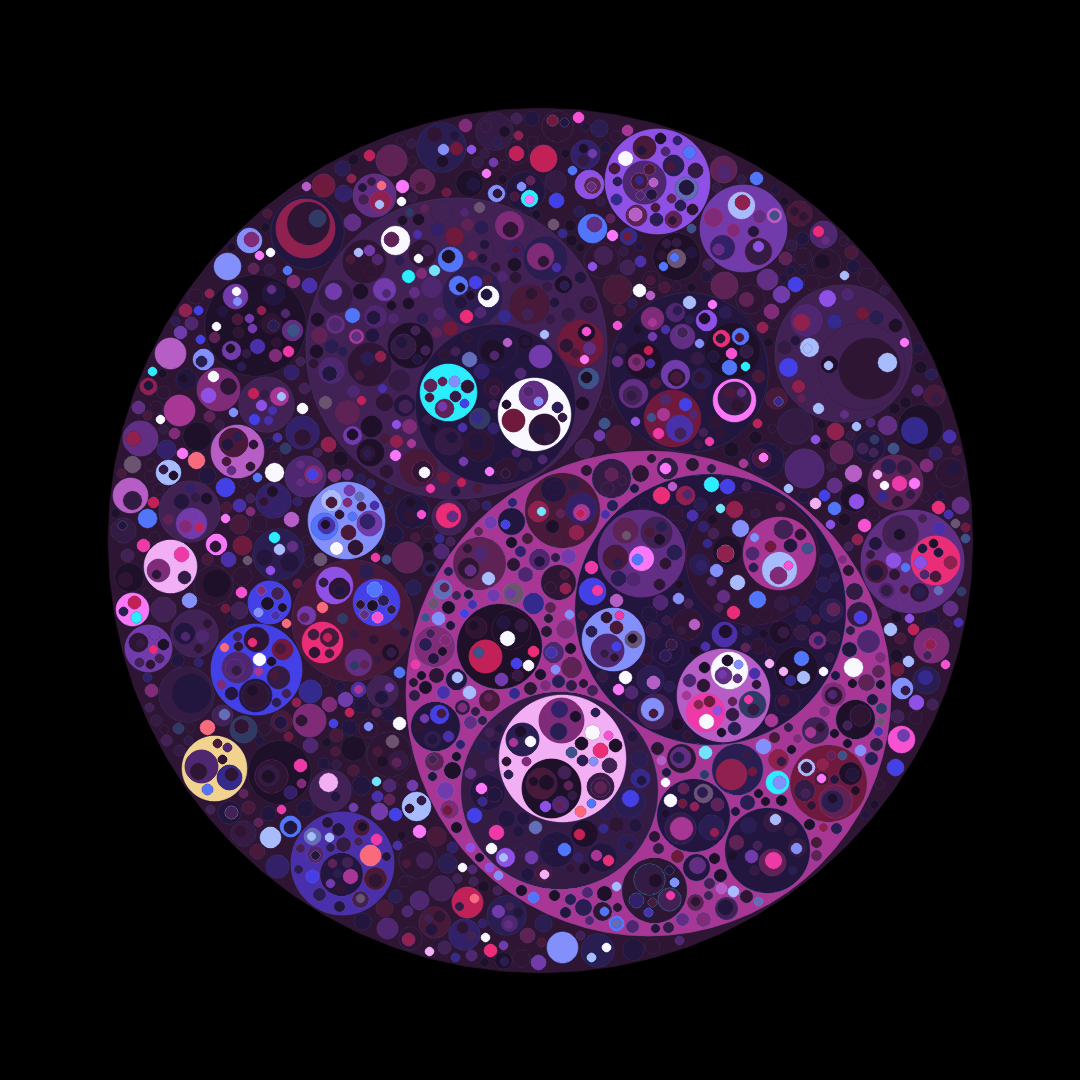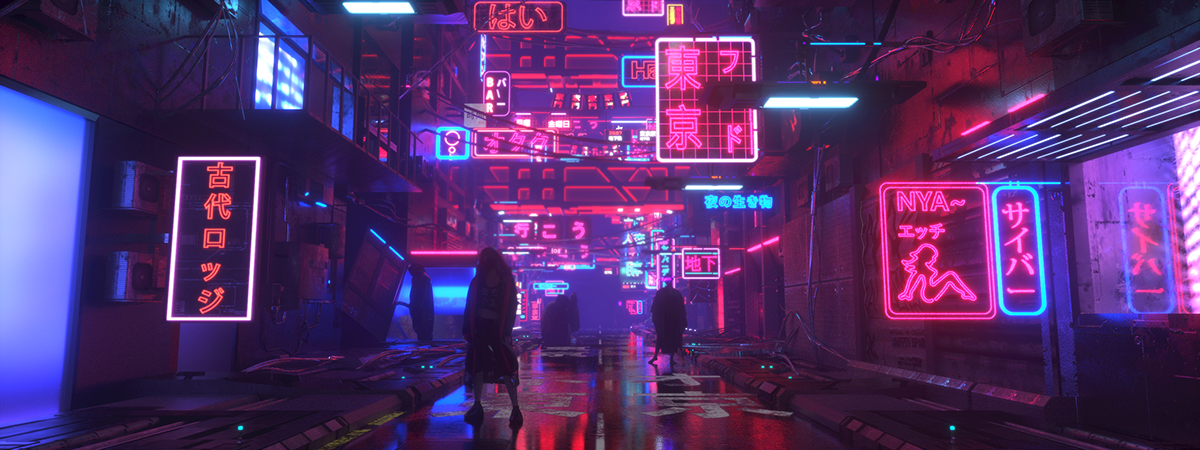circle-fractal-generator
Python program that creates a fractal of circles based on various inputs.
Currently only takes images as input. See docs for features under development.
Project created to explore computer generated art.
Usage
- Clone repository:
git clone https://github.com/lucas-escobar/circle-fractal-generator - Change directory to root folder of project:
cd /path/to/circle-fractal-generator/ - Create virtual environment:
python -m venv /path/to/venv/ - Activate environment:
source /path/to/venv/bin/activate - Install dependencies:
pip install -r requirements.txt - Run program:
python main.py
To change parameters, alter config.ini.
Command line python main.py --help output:
usage: Circle Fractal Generator [-h] [-n NAME] [-k KCLUSTERS] [-o OUTDIM] [-i INDIM]
With image input, a fractal of circles filled with colors relating to the pixels in the image.
options:
-h, --help show this help message and exit
-n NAME, --name NAME Name of image file in the image directory specified in config.ini
-k KCLUSTERS, --kclusters KCLUSTERS
Number of clusters to quantize image pixel colours into
-o OUTDIM, --outdim OUTDIM
Image dimensions of output image
-i INDIM, --indim INDIM
Maximum dimension which input image will be reduced to before processing
Example output
The following is the output of the program with 8 layers of recursion and input image quantized into 41 colours.
The following image was used as input.
How it works
- The input image is quantized using OpenCV's kmeans clustering algorithm.
- The pixel counts of each colour is stored in a python dict.
- A brute force circle packing algorithm is used to generate circle objects.
- The circle packing function is recursively called on each child circle until the desired depth is achieved.
- All circles are drawn with colour assigned randomly with weights proportional to the colour distribution in the input image.

